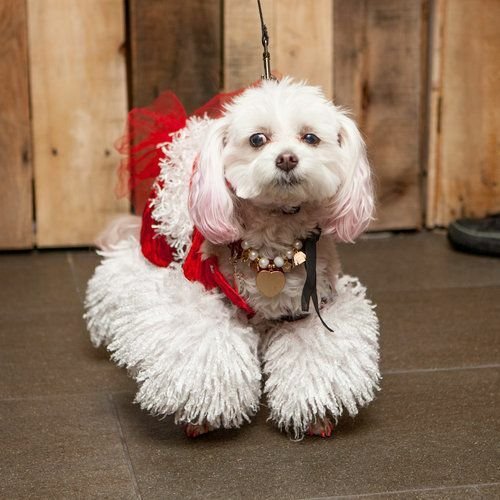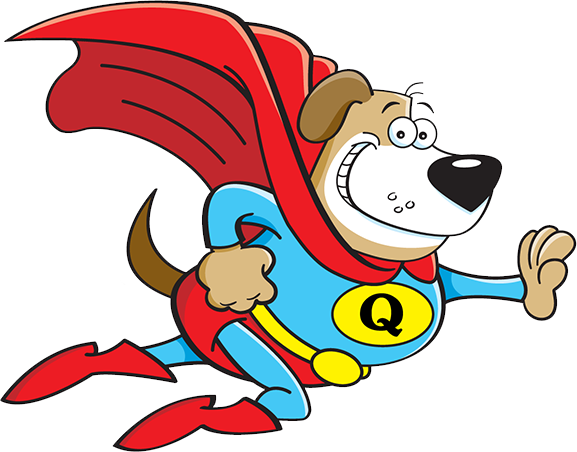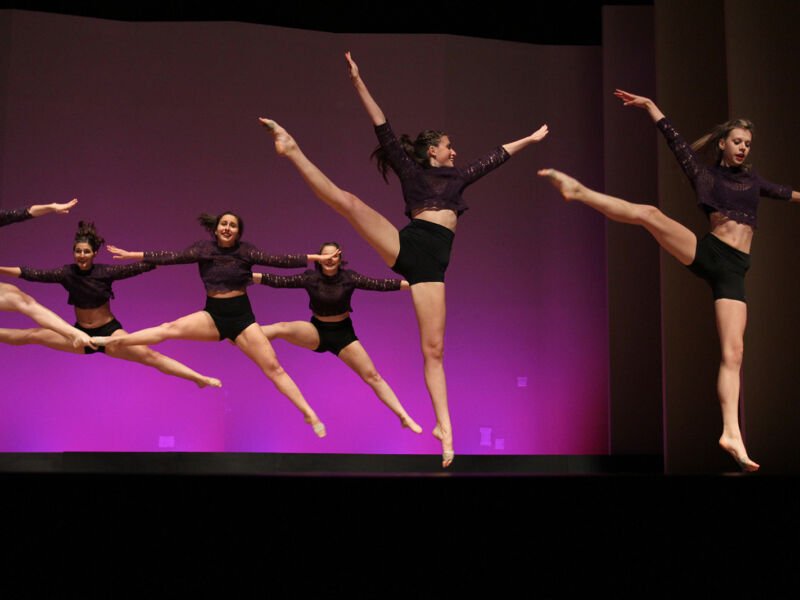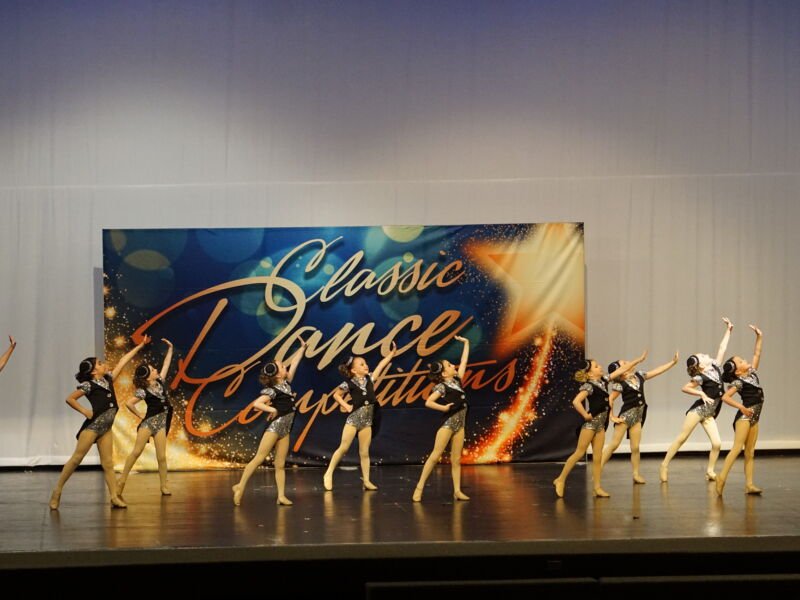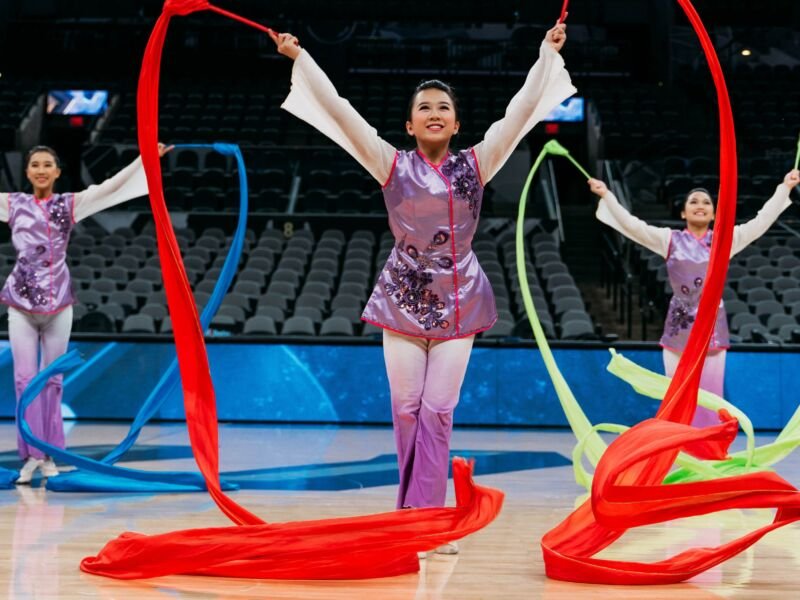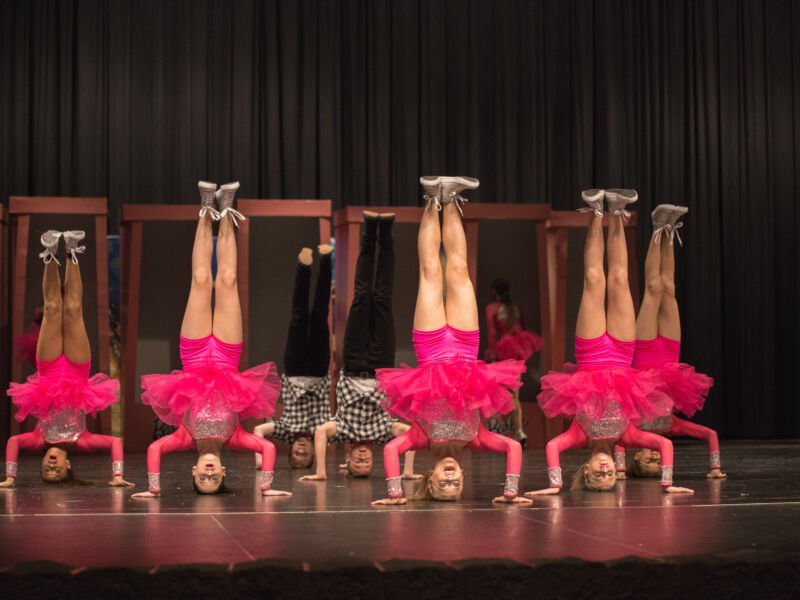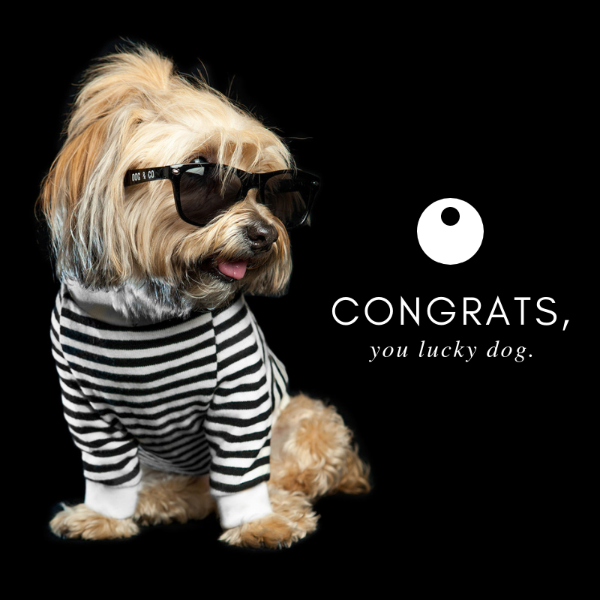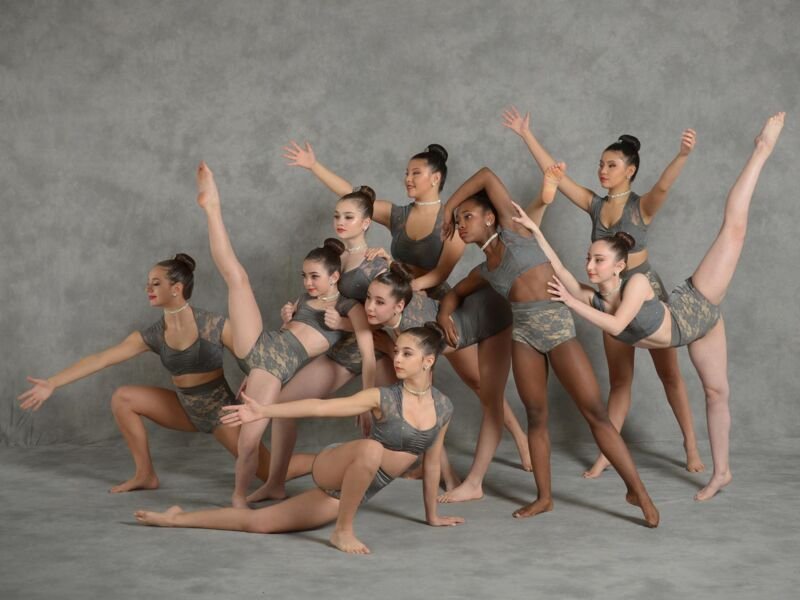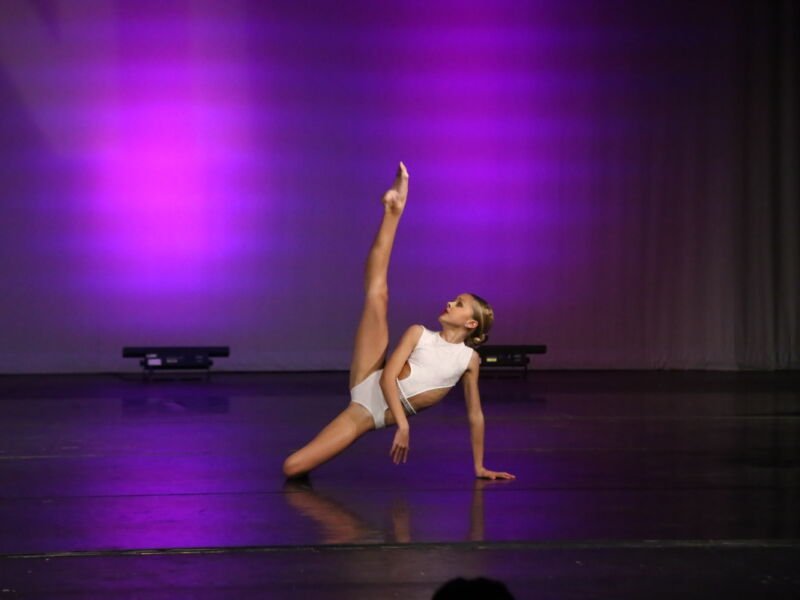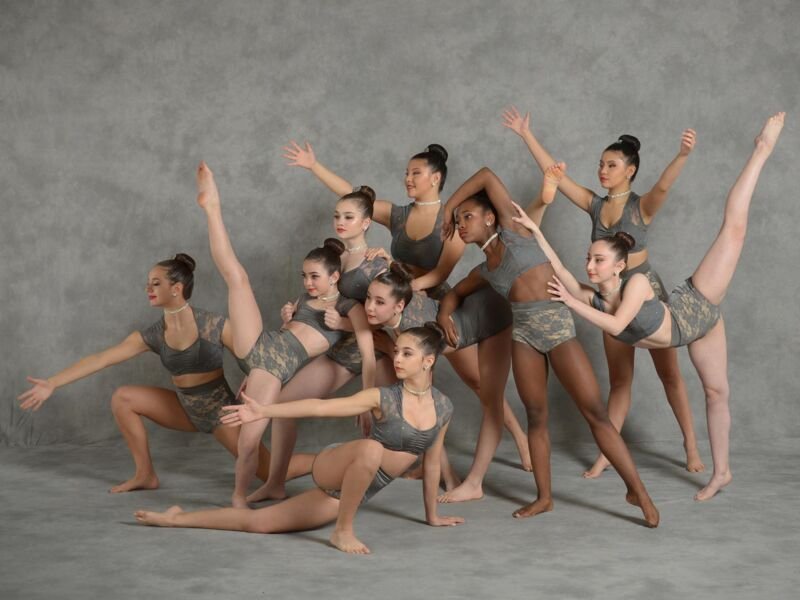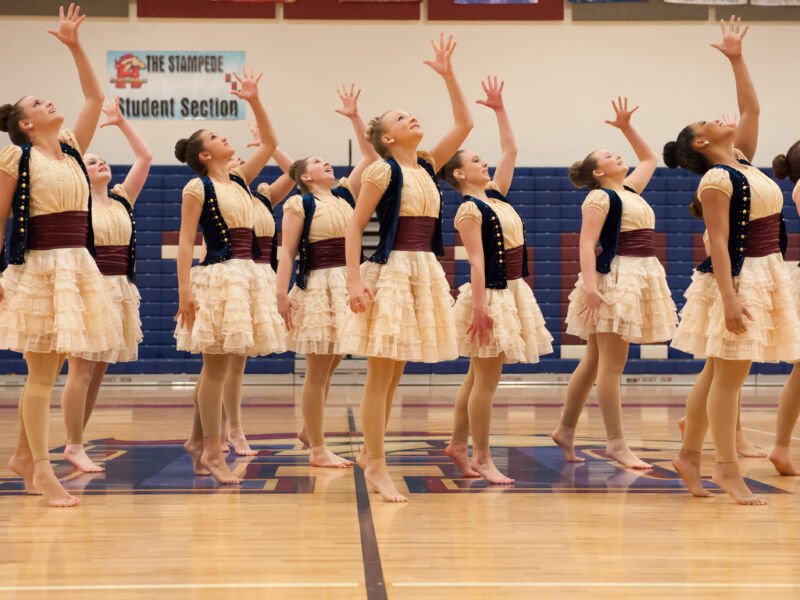
Dog Competitions: A Platform for Dogs and Their Handlers to Shine
Dog competitions provide a platform for dogs and their handlers to showcase their skills, talents, and the special bond they share. These events bring together dog enthusiasts from around the world and allow them to compete in various categories such as agility, obedience, beauty, and many more. Whether you are a dog owner, a spectator, or a participant, dog competitions offer an exciting and enriching experience for everyone involved.
Canine Agility Trials
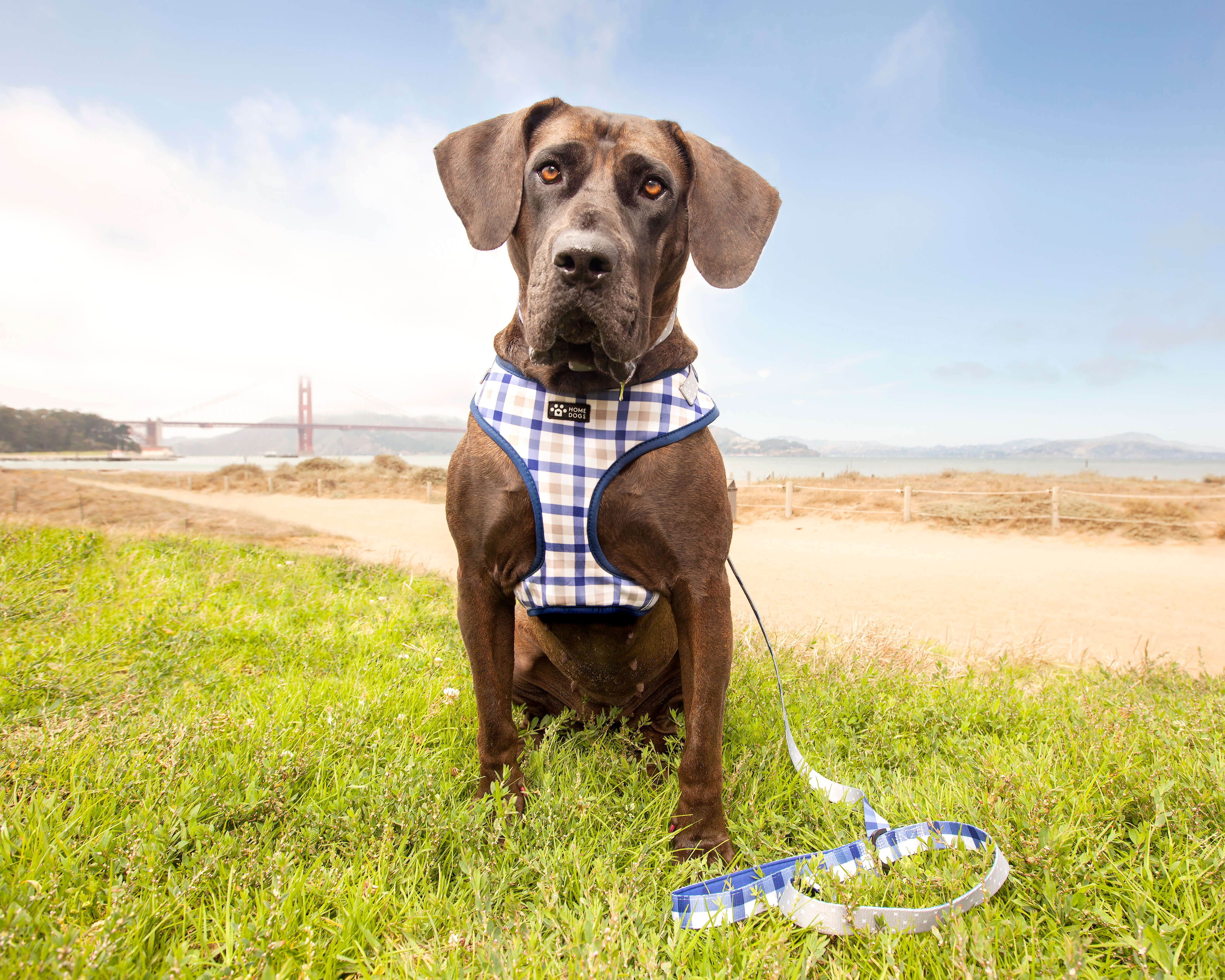
One of the popular categories in dog competitions is agility trials. These events test a dog’s speed, agility, and obedience as they navigate through a series of obstacles such as jumps, tunnels, weave poles, and more. Handlers guide their dogs through the course, using various commands and signals to direct them. Agility trials not only showcase the physical abilities of the dogs but also the teamwork and communication between the dogs and their handlers.
Obedience Training Competitions
Obedience training competitions evaluate a dog’s ability to follow commands and demonstrate good manners. Dogs are judged on their response to basic obedience commands such as sit, stay, lie down, come, and heel. Handlers showcase their dog’s training and discipline by demonstrating their ability to perform these commands accurately and promptly. Obedience training competitions help promote responsible dog ownership and encourage dogs to be well-behaved members of society.
Canine Beauty Pageants
Similar to human beauty pageants, canine beauty pageants, also known as conformation shows, focus on evaluating a dog’s physical appearance and adherence to breed standards. Dogs are judged based on their overall structure, movement, coat, temperament, and other breed-specific characteristics. Owners groom and present their dogs to showcase their finest qualities. Canine beauty pageants celebrate the diversity and beauty of different dog breeds and honor the hard work and dedication of their owners.

Rally Obedience Championships
Rally obedience championships combine elements of obedience training and agility. In these competitions, a series of stations are set up throughout a course, and handlers guide their dogs through various obedience exercises. The course includes signs that indicate specific tasks or behaviors that the dog and handler must perform together. Rally obedience challenges the dog’s mental agility and obedience skills while also testing the handler’s ability to effectively communicate with their dog.
Hunting Dog Trials
Hunting dog trials simulate real-life hunting scenarios and assess the hunting abilities of different dog breeds. These competitions evaluate a dog’s ability to track scents, retrieve game, point or flush out birds, and other hunting-related tasks. Handlers showcase their dogs’ natural instincts, trainability, and hunting skills. Hunting dog trials not only provide entertainment and competition but also help preserve and promote the qualities and skills necessary for hunting dogs.
Herding Dog Competitions
Herding dog competitions focus on evaluating the herding abilities of specific dog breeds. These events assess a dog’s ability to control and move livestock, such as sheep or cattle, by following the commands of their handler. Dogs showcase their natural herding instincts, intelligence, and the ability to work as a team with their handler. Herding dog competitions help preserve and promote the skills required for working dogs and celebrate their contributions to agriculture and livestock management.
Tracking Dog Tests
Tracking dog tests assess a dog’s ability to track and find specific scents or trails. These competitions simulate real-life scenarios where a dog is tasked with locating a person or object based on their scent. Dogs follow a trail or scent path, often laid out in various environments, to reach the target location. Handlers showcase their dog’s tracking abilities, discipline, and perseverance. Tracking dog tests not only demonstrate the remarkable scenting capabilities of dogs but also highlight their role in search and rescue operations.
competes.tv, a leading platform for dog competitions, provides comprehensive coverage of various dog events, including agility trials, obedience competitions, beauty pageants, and more. To explore upcoming dog competitions and learn more about the incredible world of dog sports, visit competes.tv.

